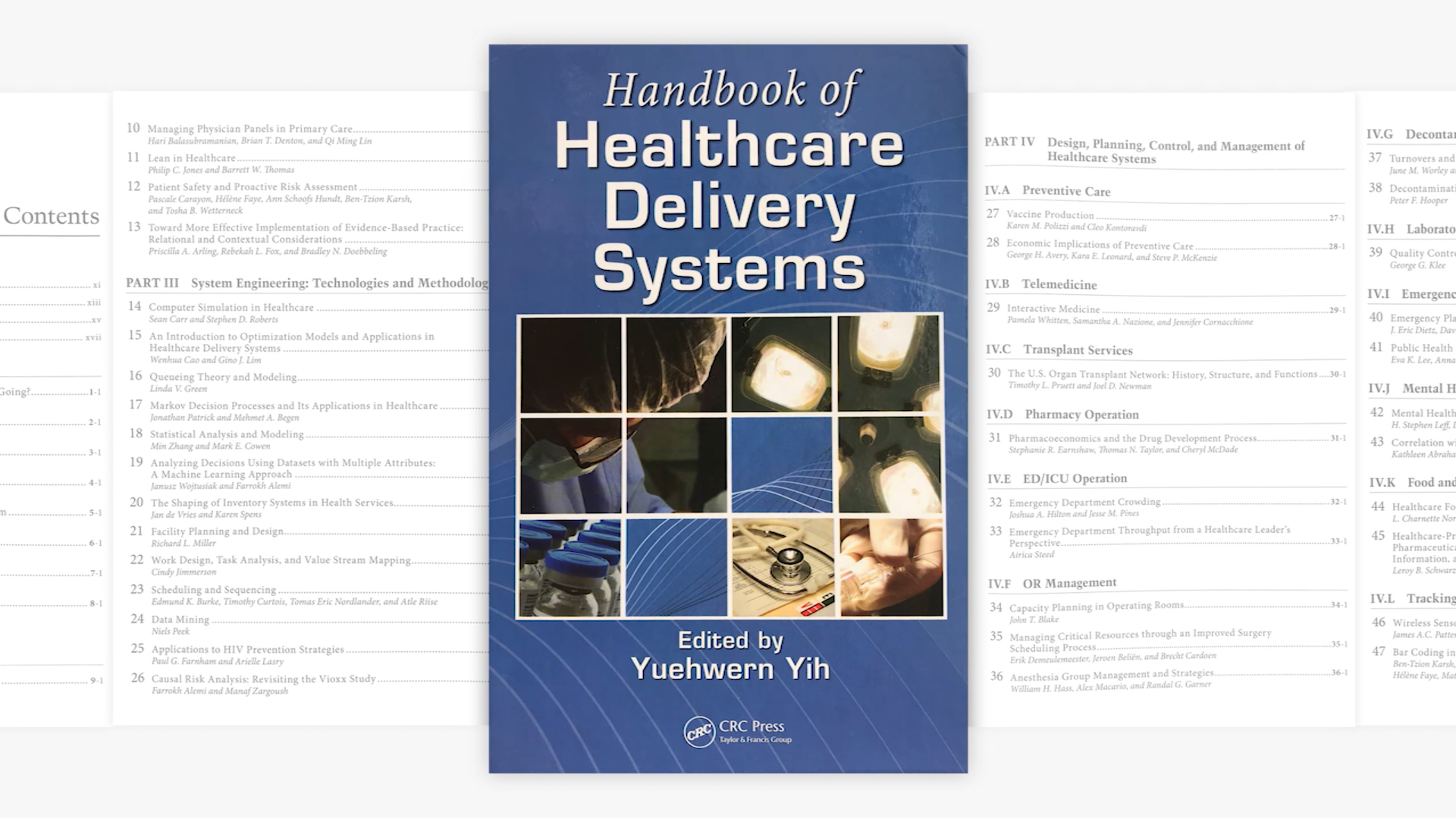This is Chapter 22 of 50 in a summary of the textbook Handbook of Healthcare Delivery Systems. Go to the series index here. Listen on YouTube Playlist, or search your podcast app: Gregory Schmidt
Chapter 22 Summary
Work Design, Task Analysis, and Value Stream Mapping
Chapter Author
Cindy Jimmerson - Lean Healthcare West
Some Commentary
“Given the crisis states of healthcare access, quality, and funding today, the opportunities for improving healthcare delivery through work redesign are limitless and only recently being considered with a grave eye.”
A good pair to this chapter is Ch. 11 - Lean in Healthcare.
1. Introduction
The chapter’s authors estimate that 60% of work performed in healthcare does not provide any value to the patient or healthcare organization.
The author’s draw strongly on how work is understood in systems such as: the Toyota Production System (TPS), Lean, and Six Sigma.
The goal is to get to a place where outcomes from work are consistent and reliable. One way to do this is by creating, "standard work”. Standard work is a process that is easy to communicate, easy to follow, and fits the needs of the organization and task at hand.
Standard work should be monitored in a transparent way, so that is easy to identify when problems occur, and when standard work deviates from what was planned.
The authors describe ideal work as:
Ideal Work
- Exactly what the patient needs, defect free
- One by one, customized to each individual patient
- On demand, exactly as requested
- Immediate response to problems or changes
- No waste
- Safe for patients, staff, and clinicians: physically, emotionally, and professionally
2. Understand how work currently happens
A key part of work (re)design is understanding how work occurs in the current state. The important part - is how work actually occurs - not how work is supposed to occur.
Task Analysis
It is helpful to verify the value stream map via task analysis. This is having someone watch how a process is actually done. This can happen before or after value stream mapping.
Ideally a process that occurs with reasonable frequency and that it is relatively straightforward to observe will be selected. An example of a task analysis form is in section 3.
Value Stream Map (VSM)
A value stream map can be created prior to task analysis, or afterwords. During this step many stakeholders who are directly involved in the process are brought together. They map out the steps involved in the current process to produce a product or service.
In particular, they note where variation may occur at each step. This suggests an area for improvement.
In addition, another type of variation is identified - that is the difference between what actually happens, and what was prescribed to happen. Again, an area to focus on.
The Value Stream Map should start right at the “request for work” as non-value added steps may be occurring right from there. The Map is continued until the service or product is completed.
Value Stream Map - add the value
Each step of work should be reviewed to determine if it adds value to the patient or not. This is how ‘waste’ is identified - that is waste of either materials or talent (people’s time and skill) on activity that does not directly benefit the patient or organization.
Pauses/breaks/holdups/hand offs between steps should be identified. These are areas of potential waste and can be fixed. In the example below the upside-down black arrows identify this.
The authors suggest this process is different than creating a process map - as process maps do not indicate when there are breaks in work - 'the ‘waste of delay’
Time & Motion Study
Task analysis should focus on timing steps within a process. This can happen concurrent with task analysis.
It it helpful to then look at which steps have a wide variation from the shortest to longest time to complete the step. Again, this variation suggests area for improvement.
Figure 22.5 below shows an example from the chapter of a value stream map.
Future State Map
The above work from value stream mapping, task analysis, time and motion studies, comes together to create a ‘future state map’ of how work ideally would be done.
3a. Example: Task Analysis Example Sheet
The chapter provides this example of a completed task analysis sheet from watching a nurse administer medications in the hospital. The total number of minutes at each type of activity is recorded, with 10 minutes doing real work, and 17 minutes on non-value added steps.
3b. Example: Delay in glucose measurement in ICU
The chapter ends with the following figure. It summarizes an analysis of the current condition, and future condition for the studied ICU.
As you can see in the problem analysis section, the Five Ways are asked as a way to help try and get to the root cause of what was causing the non-value added steps. I liked the books description that “avoiding the firefighting mode is the first step toward reducing risk, cost, and dissatisfaction.”
Whats Next?
You may enjoy Ch. 11 - Lean in Healthcare.

